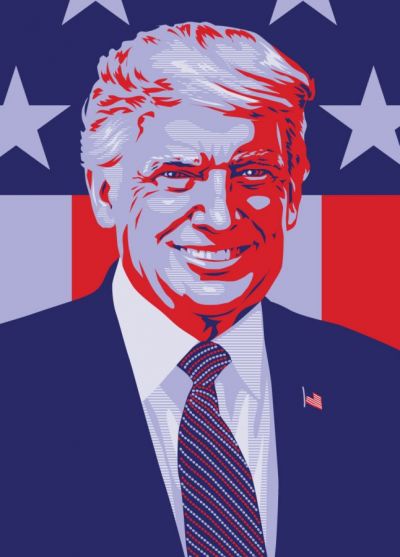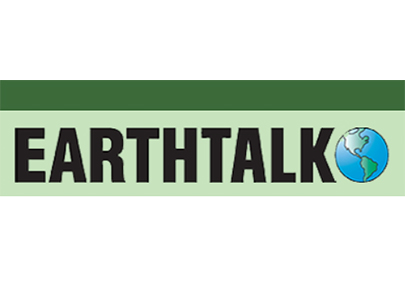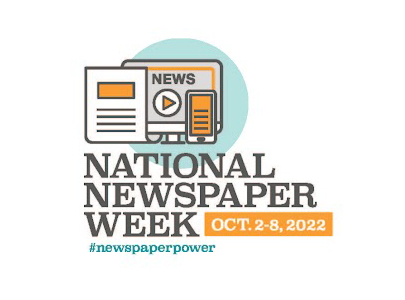Trump and COVID-19: How ‘free’ are/should we be?
First Five by the Freedom Forum Institute
Oct 8, 2020

GENE POLICINSKI
Just how “free” should a “free press” be to report on the illness and condition of a sitting president during a national health emergency?
And how free are we to publicly offer our thoughts on the matter?
Both questions have the same legal answer: The First Amendment places no limits on what journalists, bloggers or others might report, and what we might say or speculate about the health of the president.
So, what’s left are the “First Amendment-ish” concerns for reporters — from longstanding national security concerns to a possible zone of personal privacy.
And given our fractured, polarized and politically divided society, the rise of social media puts all of us in that kind of “-ish” situation — balancing our right to speak out in any way we choose against the social norms we should consider and the fact that there’s no First Amendment insulation for us from the reaction to what we say.
The news that President Trump was infected with the COVID-19 virus came first in his own tweet, not through the news media, just after midnight on Friday, Oct. 2. Within minutes, news organizations relayed that dramatic news. Social media began firing up, with comments, forecasts and — to put it gently — sharp examples of the nation’s political divide.
To top it all off, a whirlwind of announcements, reports and commentary — some contradictory — on Trump’s illness, brief hospitalization and now his ongoing treatment at the White House is unfolding in the midst of the final weeks of the 2020 presidential campaign.
For the record, U.S. history offers any number of examples of non-disclosure, image manipulation, complaints about White House transparency and press coverage of presidential health — and public debate over the public comments about it all.
After President James Garfield was shot in 1881 at a Washington D.C., railroad station, official statements reported his condition as good or stable — despite the reality that he suffered for two months from a bullet that could not be removed, before dying. “With the bulletins distributed nationwide by telegraph, published in the nation’s newspapers and followed closely by the public, the story of Garfield’s fight to survive could be considered ‘America’s first live media event,’” historian Robert Mitchell writes in The Washington Post.
President Woodrow Wilson collapsed from exhaustion in 1919 during a national speaking tour, and we now know he suffered a stroke a month later that left him partially paralyzed. Americans didn’t learn even basic facts about Wilson’s health until he left office.
Not only were there no White House announcements, some historians now dub his wife Edith as the “first female president” given the 17-month stint in which she “consulted” with him on virtually all presidential business and screened all contacts and correspondence.
As USA TODAY noted in a story this week, in 1944 “a similar scene played out when President Franklin Delano Roosevelt was diagnosed with ‘acute congestive heart failure’ that forced him into seclusion for months.” The report noted that “the country was in the midst of World War II and the U.S. military was in the final stages of preparing for the D-Day invasion that opened the second front in the war.”
Similar national security concerns have been raised about press reports of the details on Trump’s condition. Would terrorists or hostile nations seek advantage — or perhaps plan an attack in the U.S. or abroad — knowing the commander-in-chief of U.S. forces remained “on the job” even as we learned from journalists that he was hospitalized, or facing medication and treatment for high fever and low blood oxygen levels that could have reduced his ability to converse or process information?
There are two unique circumstances with Trump’s illness that weren’t present even as recently as when President Ronald Reagan was wounded in a 1981 assassination attempt, or underwent colon surgery: A global, instantaneous, 24/7 news environment, coupled with today’s pervasive social media.
Beyond the national security concerns, are there some health matters that should remain private and not placed openly before the planet — either out of personal consideration or to avoid becoming distorted as election-year fodder?
And there is the often-harsh tenor and frequently unsourced/unverified content of social media. Even a brief sampling showed posts ranging from conservative speakers making unsupported claims that journalists were hoping Trump would die, to Trump opponents posting images comparing Trump’s balcony salute as he returned from Walter Reed National Military Medical Center to similar poses struck by dictators such as Stalin, Hitler, Mussolini and Juan Peron. To be fair, there also were great numbers of well wishes, too.
Again, while the First Amendment — save for actual physical threats — protects what we “could” say online, even as it provides no limits or advice on what we “should” say.
A free-press issue of a different sort has erupted. On Monday, White House Press Secretary Kayleigh McEnany revealed she had tested positive for the virus. Various press reports said correspondents were angry they had been exposed during briefings and other meetings with her and other officials over the previous few days.
An unnamed reporter was quoted in Vanity Fair online saying, “People are livid. There are a lot of us, like dozens of reporters, who feel it’s unsafe to be doing it the way it’s being done.” CBS News’ Ben Tracy commented on Twitter: “I felt safer reporting in North Korea than I currently do reporting at The White House. This is just crazy.”
As of Tuesday, three journalists in the White House press pool had tested positive. In the Vanity Fair report, White House Correspondents’ Association President Zeke Miller, a reporter for The Associated Press, said that “journalists at the White House have been mindful of these risks for months. At the end of the day, we’re there to keep the American people informed and to be their eyes and ears. That job needs to get done. We’re assuming some of these risks, we’re there to do the job.”
In the final analysis, performing that First Amendment job of being a “watchdog on government” – even during a pandemic – by reporting the facts, fairly and accurately, as they can be found, is the best medicine for a health democracy.










